How to Treat the Blade
Japanese blade is made from the pure steel, and is completely polished.
So, suitable treatment is necessary. Because the surface is delicate and
the cutting edge is very sharp.
The blade should be always coated with good oil. And we never touch the
blade with naked finger.
Please do not put the blade on a carpet. Please put it
on a clean table cloth and use some soft cloth or paper as a pillow for
the blade.
Careless treatment makes scratches onto the blade surface.
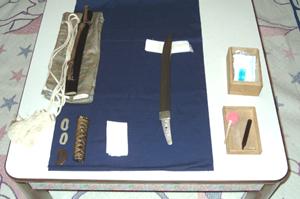
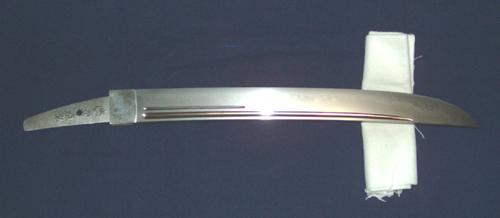
An example of treatment tools set
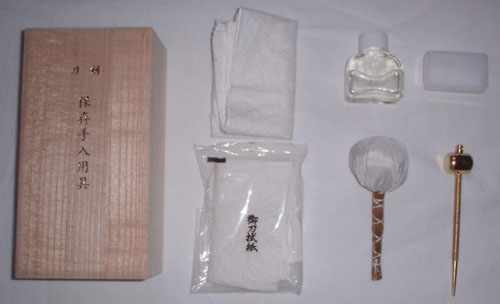
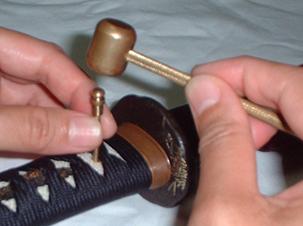
In a box, 2 sheets of paper, small bottle of oil, oil
coating cloth in a case, uchiko powder, small hammer to push pin out.
The 2 sheets of paper are the same, but they should be separated by use
for. One in a plastic bag is to remove the oil on the blade, because it
becomes wet with oil. The other is to remove uchiko powder on the blade.
The top of the hammer can be taken off from the head.
It is useful to take off a tight pin on the handle.
How to touch the blade
Be careful not to injure yourself by unexpected drawing.
Keep handle upward. Hook your thumb on tsuba if there is.
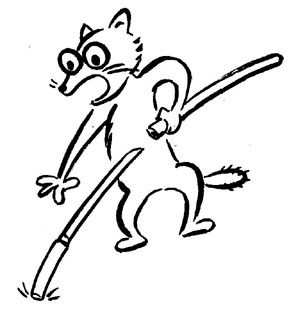
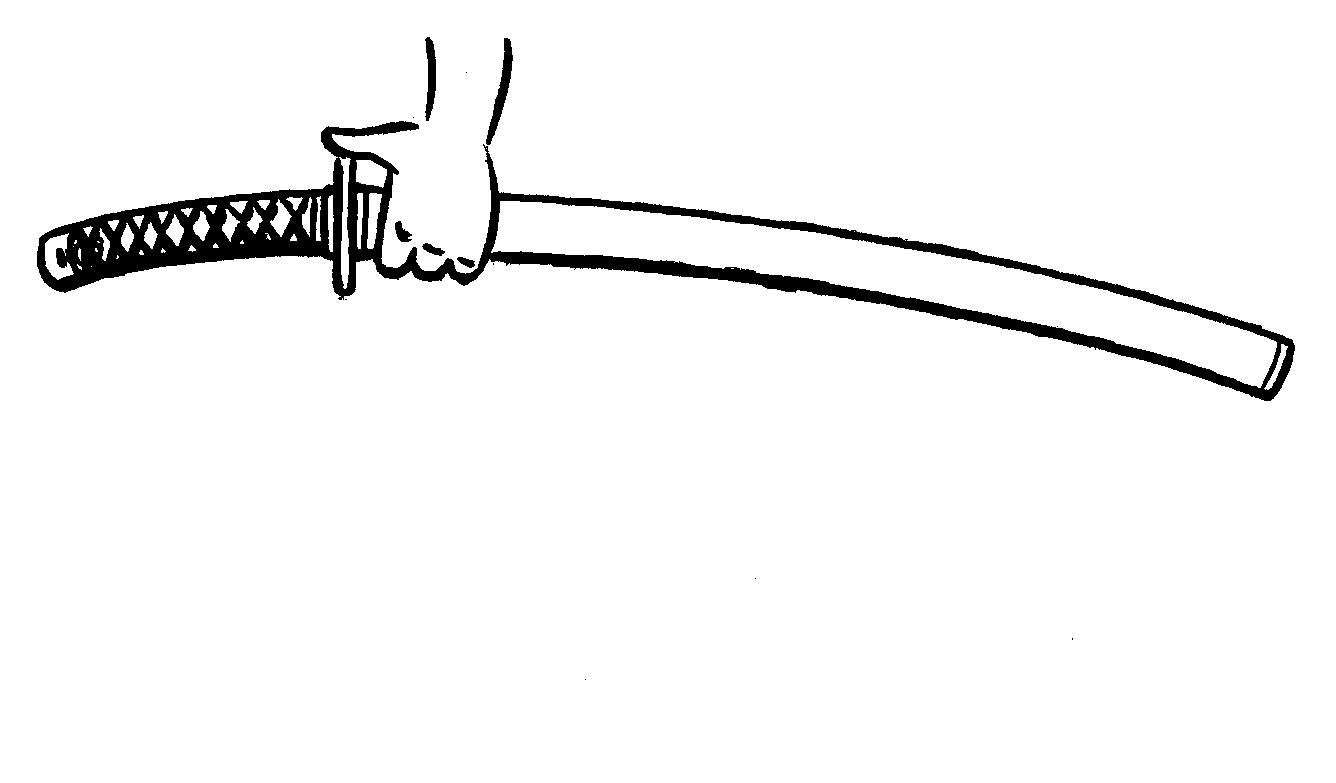
Drawing
Set the sword with cutting edge upward.
In the case of no tsuba, hold the scabbard with your left hand, and hold
the handle with your right hand. Then push the left hand with the right
thumb.

In the case of the handle with a tsuba, push the tsuba with the thumb.

Then draw the blade carefully.
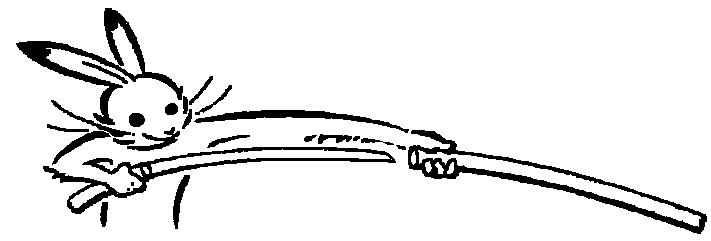
Looking at the blade
Do not hook your thumb on the edge of shirasaya handle.
The edge is easy to be dirty.
Do not speak facing the blade. Spit easily makes the
steel rusty.

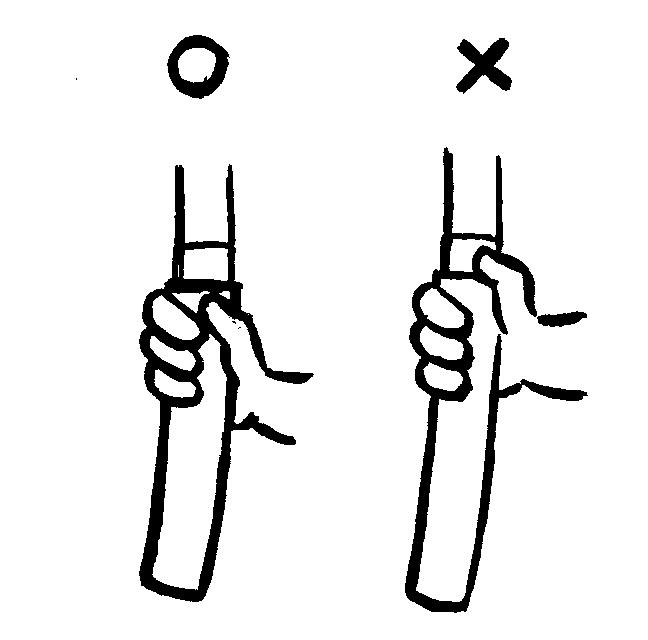
Looking in detail
When you want to look at the blade in detail, steel particles,
layer pattern, hamon, utsuri (shadow of hamon),..... you
should remove the oil on the blade off.
Taking off the handle
At first, take off the pin in the handle.

Hold the end of handle tightly with your left hand, and
pound your left wrist with your right fist.
Be careful of the power of the pounding, to stick out the blade from the
handle, a few centimetres is enough.

If it is so tight that the blade does not move, tools
like these are convenient.
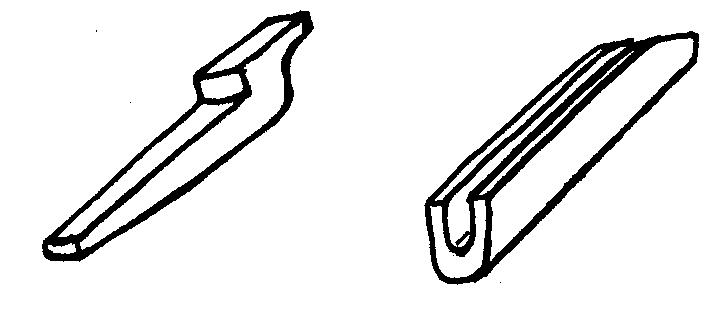
Use them with a wood hammer. Do not hit the handle directly
with the hammer.
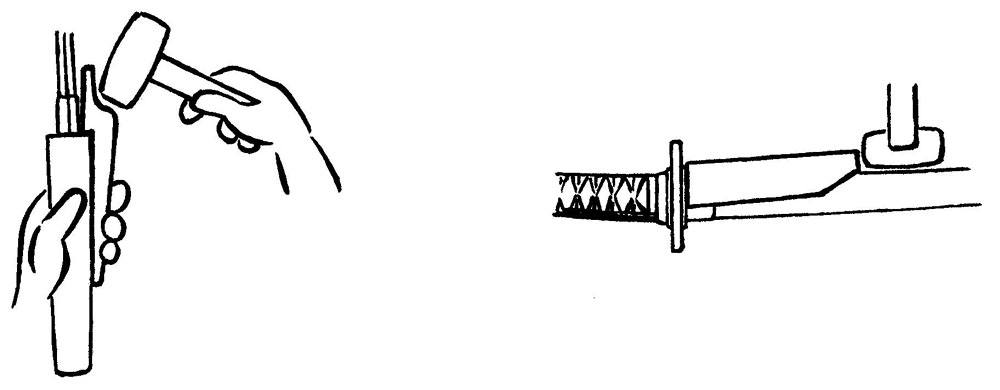
Then take out the blade from the handle.
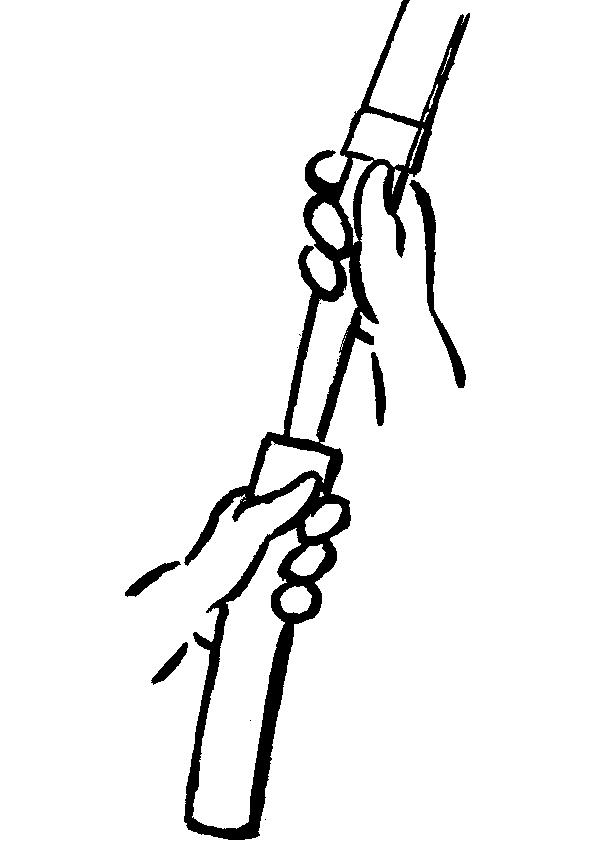
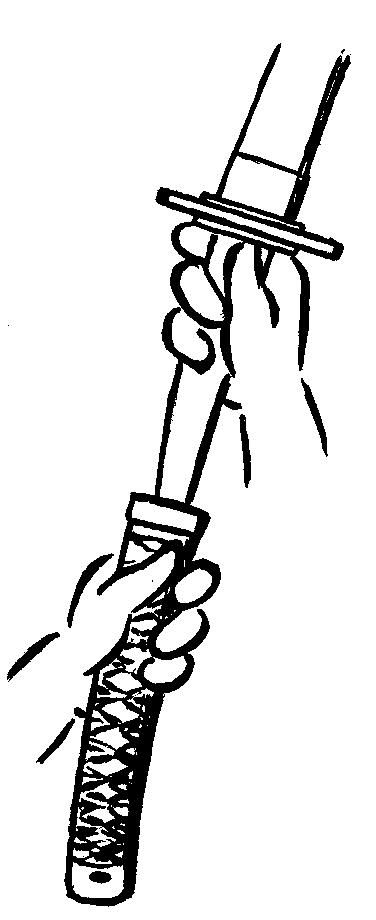
In case of koshirae, you should put the blade in the
scabbard again, then you can take off every fitting easily.
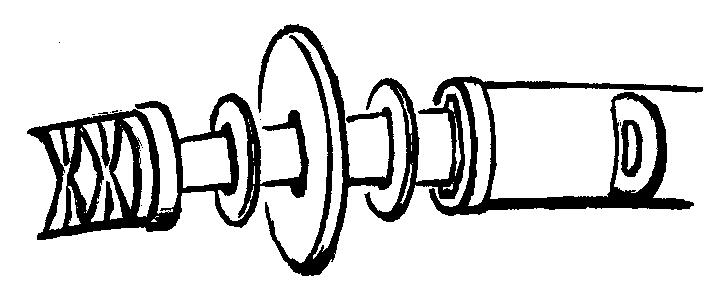
Take the habaki off.
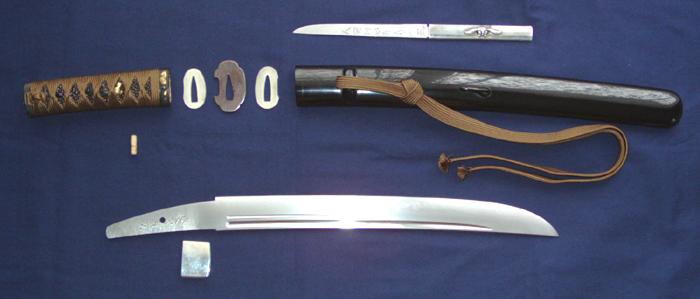
(Parts of one type of koshirae.)
Removing oil on the blade off
To remove old oil, wipe the blade carefully with soft
paper or cloth.
The paper and cloth must be soft and clean, and needs to be thick enough to save your fingers.
We use some quality tissue papers or well washed flannel. A special kind
of Japanese paper is the best to wipe, that is included in the treatment
tools set. But it is not the only one thing that can be used.


Probably the oil would not be removed completely.
Then put the uchiko powder on the whole blade, and wipe
again with a fresh paper.
Uchiko is a fine powder made from a kind of polishing
stone, and it is wrapped up in silk.


Uchiko powder is wrapped up in this silk ball.
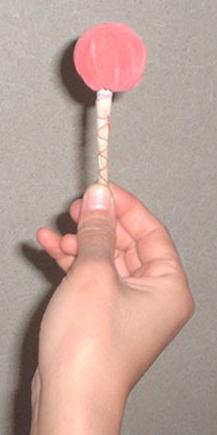
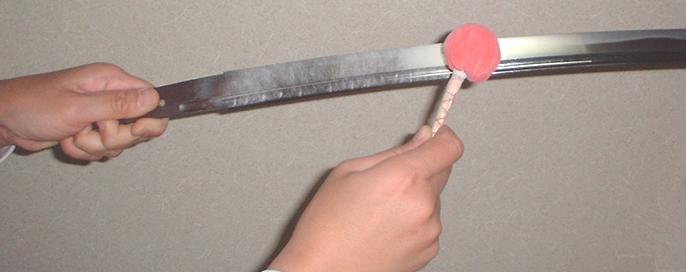
The papers for oil and for uchiko powder should be separated.
Please repeat uchiko and wipe till the old oil is removed
completely.
Difference between papers and cloths to wipe blade
1) The Japanese mulberry paper is the best quality to wipe. But it is not
convenient and expensive. The paper is folded several times to use. It
is soft and thick enough to wipe and to save your fingers. When the paper
becomes dirty, you can use another surface. This kind of paper can be used
long time, and becomes softer. Some old collectors like their own papers
that well crumpled by long time use.
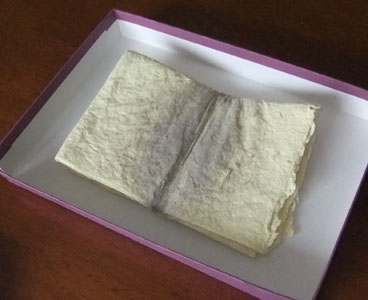
2) Flannel is convenient. It can remove oil well and soft enough. When
it becomes dirty, it can be washed.
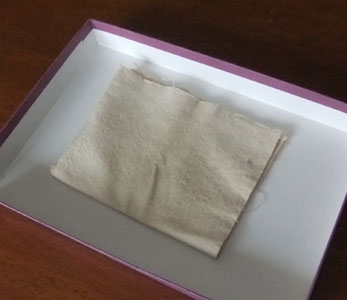
3) Soft tissue papers are convenient too. You can use a clean paper each
time. But it is thin. Be careful not to injure your fingers.
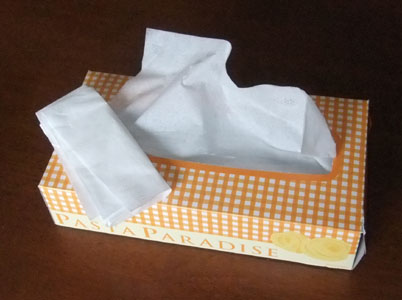
4) Some collectors like chamois leather. It is good to save your fingers.
Appreciation
(How to appreciate blade quality)
Form, shaping, (=>fumbari) (=>shaping)
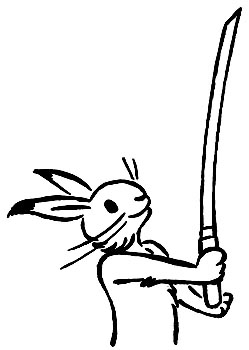 Steel, particles, layer pattern, (=>steel) (=>jinie)
Steel, particles, layer pattern, (=>steel) (=>jinie)
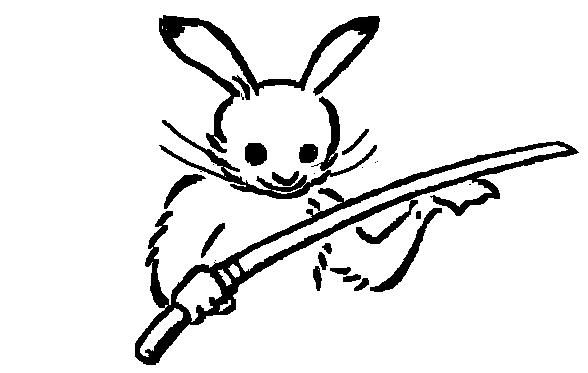 Hamon, shadows, (=>hamon) (=>utsuri)
Hamon, shadows, (=>hamon) (=>utsuri)
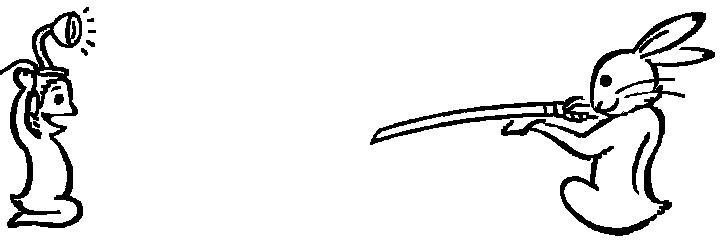 Signature, rust condition, (=>tang)
Signature, rust condition, (=>tang)
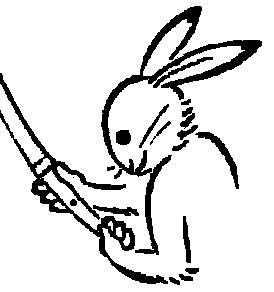 After appreciating, coat the blade with the new oil, use
a small piece of flannel.
After appreciating, coat the blade with the new oil, use
a small piece of flannel.
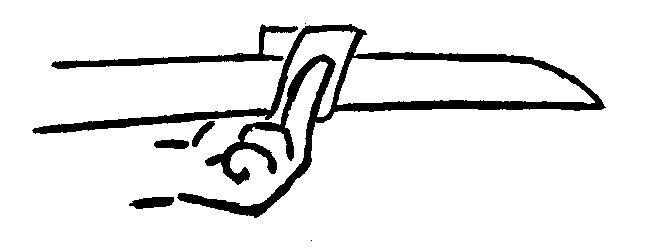
Then put the habaki on the blade.
In case of shirasaya, stick the tang into the handle,
and lightly pound the bottom of handle to fit them.
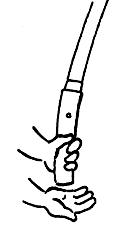
In case of koshirae, sheathe the blade again, then put
all fittings on the tang. Do not confuse the kinds of seppa, and face of
the tsuba/seppa.

Draw the blade again, and pound the bottom of the handle.
This is a safety way to fit handle.
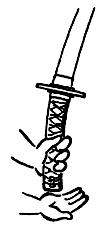
Never forget the fasten pin.
-Question from a customer-
How often should a blade be oiled?
Just for maintenance, remove old
oil and put new oil every 6 months is enough.
On the freshly polished blade,
more often oiling is necessary because if the steel may include some water.
And some modern polishing uses acid, it is very dangerous. So careful treatment
is necessary.
Usually, treat every week during
one month, then once every month during 6 months. Then it can be treated
with normal way. If you can't believe the polisher, oiling more often would
be good for the blade.
Home > Information, Blade > How to Treat



